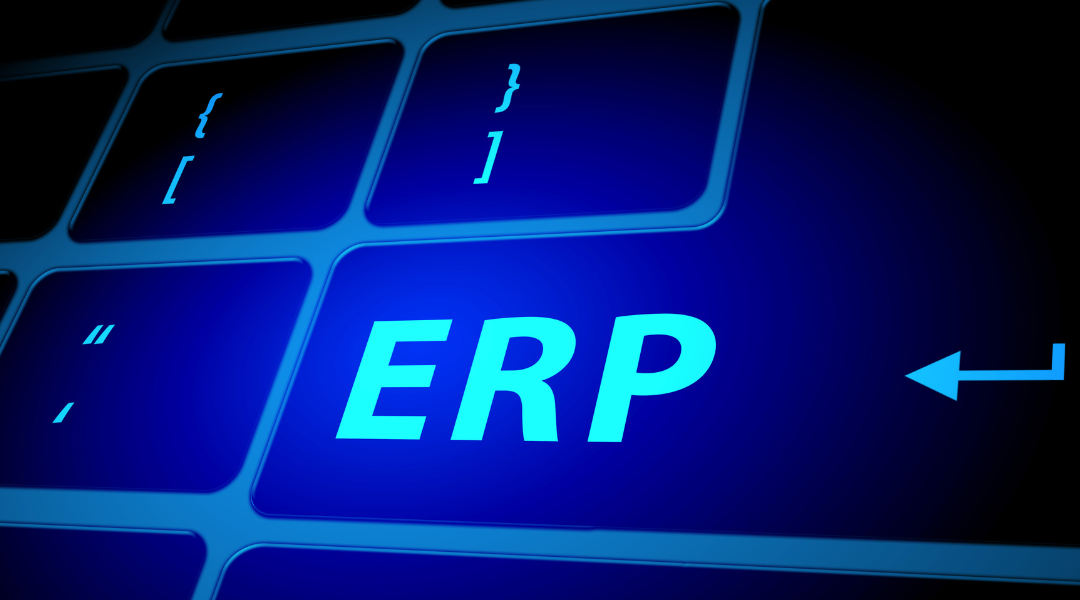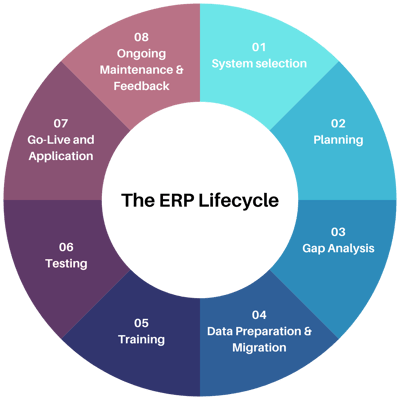
There are 8 stages to an ERP implementation life cycle. Each stage plays an important role for a successful integration of the ERP software into the organisation's operations.
The benefits of ERP implementation are huge and far-reaching. By integrating different aspects of the business – such as finance, HR, supply chain, and customer relationship management – into a centralised platform, organisations can optimise their efficiency and productivity.
This leads to cost savings and improves customer satisfaction by allowing faster response times and better service delivery. Ultimately, ERP implementation contributes hugely to improving profitability and creating a competitive edge for businesses in today's fast-paced market environment.
From research and planning to post-implementation support and maintenance, each step needs careful attention to detail and coordination. By following these stages, businesses can unlock the full potential of their ERP system to streamline processes, improve decision-making, and drive overall business growth.
The implementation of an ERP system, also known as the ERP lifecycle, involves 8 key stages for a smooth transition and successful integration. Here's a breakdown of each stage:

1. System selection:
This first stage focuses on finding the most suitable ERP software for your business needs. This involves researching different vendors, evaluating features, and ensuring compatibility with your existing systems.
2. Project Planning:
After choosing the software, a detailed project plan is created. This plan outlines the implementation timeline, assigns roles and responsibilities to the project team, and defines budget. Think about all project costs, including systems, project teams, and additional expenses. Careful planning should ensure a smooth implementation process and help you achieve your key performance indicators.
3. Gap Analysis:
This stage involves meticulously examining the differences between your current business processes and the functionalities offered by the ERP system. This analysis helps identify areas that need adjustments or customisation.
4. Data Preparation & Migration:
Based on the gap analysis, you might need to adapt some of your existing business processes to work seamlessly with the new ERP system. This stage involves streamlining workflows and potentially eliminating redundancies.
5. Training:
Providing comprehensive training to your employees and project team is crucial for successful ERP adoption. This stage equips you with the knowledge and skills necessary to navigate the new system and maximise its functionalities.
6. Testing:
Before going live with the system, thorough testing is essential for optimal performance. This involves simulating real-world scenarios and identifying and resolving any bugs or glitches to ensure smooth operation. Extensive testing will prepare you ahead of actual implementation.
7. Go-Live and Application:
This stage marks the official launch of the ERP system within your organisation. By following the previous steps you should have ensured a successful implementation. Ongoing support and monitoring are crucial during this phase to address any user issues and optimise system performance.
8. Ongoing Maintenance & Feedback:
The ERP system requires ongoing maintenance and support to ensure its continued effectiveness. This stage involves regular updates, addressing user concerns, and adapting the system to evolving business needs.
...
By following these 8 stages and investing in each step, you can significantly increase your chances of a successful ERP implementation that streamlines operations and enhances your overall business efficiency.
Considering an ERP implementation?
Get in touch with our expert consultant Simran Bhatti.
Simran works exclusively with organisations going through an ERP transformation, connecting them with qualified talent to achieve project success.
Recent Posts

